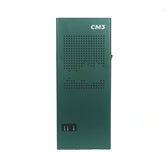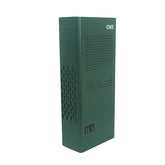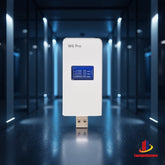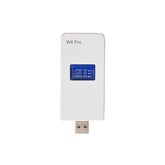What factors affect the interference effect of the vehicle-mounted frequency jammer
The vehicle-mounted frequency jammer equipment is installed on the modified car, but what is the interference effect during driving? The requirements for the vehicle-mounted frequency jammer equipment itself are very strict, to ensure that the equipment is foolproof when it is used, and to ensure that the task can be completed satisfactorily, so higher requirements are put forward for the interference effect of the vehicle-mounted frequency jammer. So what are the factors that affect the interference effect of the vehicle-mounted frequency jammer?
1. Use the signal strength of the site
The signal strength mentioned here refers to the strength of the mobile phone signal. The signal strength of the mobile phone depends on the distance of the base station on site. The distribution of the spectrum can be measured by the spectrum analyzer, and then the interference range can be maximized by setting a specific module. You can contact the operator in advance to help reduce the signal strength on the scene. The remote signal strength of other remote control bombs depends on the distance between the signal source and the suspected explosive. This is unpredictable, so the focus should be on shielding the remote control Signal, the module that interferes with the remote control signal of the vehicle-mounted frequency jammer must be set to seamless interference.

2. The transmit power of the RF module
Theoretically, the greater the transmission power of the RF module, the greater the shielding range will be. However, if the frequency bandwidth of the transmission signal of a single module of the vehicle-mounted frequency jammer is too wide, it will also affect the effect of interference. To achieve the greatest effect, first When choosing a high-power RF module, the frequency bandwidth of the signal transmitted by a single module should be allocated reasonably, and the interference range can be maximized through reasonable bandwidth allocation.
3. Sensitivity of vehicle-mounted frequency jammer: The sensitivity of vehicle-mounted frequency jammer can affect its ability to detect and locate interference sources. Higher sensitivity may make sources of interference easier to detect and locate.
4. Environmental factors: The interference effect of the vehicle-mounted frequency jammer is also affected by environmental factors, such as weather conditions, terrain and buildings. These factors may affect the propagation of the signal and the distribution of interference.
5. Types of interference sources: Different types of interference sources may produce different types of interference signals, which may affect the detection and positioning capabilities of the vehicle-mounted frequency jammer.
6. The position and direction of the vehicle-mounted frequency jammer: The position and direction of the vehicle-mounted frequency jammer may also affect its interference effect. Different locations and orientations may make sources of interference easier or harder to detect and locate.
To sum up, the interference effect of the vehicle-mounted frequency jammer is affected by many factors. Understanding these factors can help users better utilize vehicle-mounted frequency jammers to detect and locate sources of radio frequency interference.













